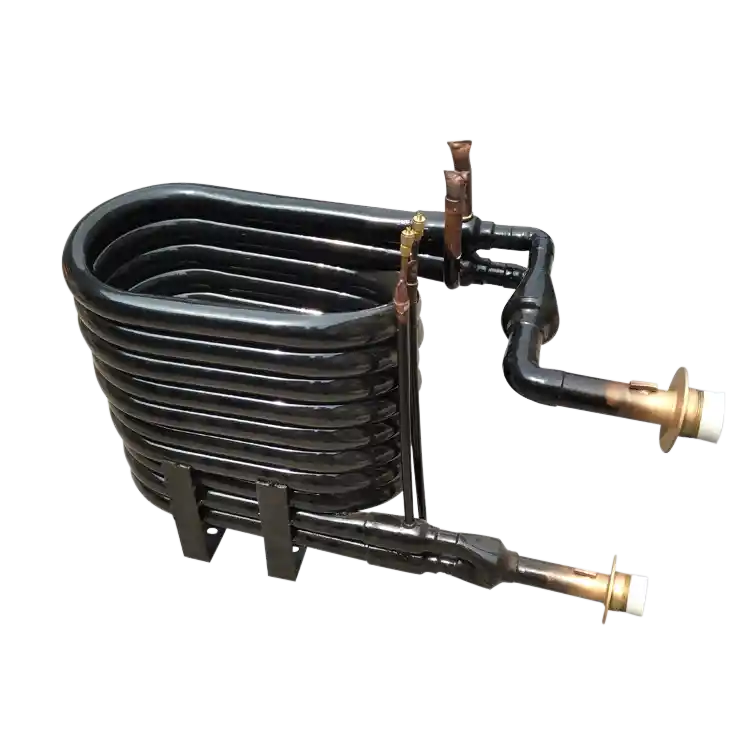1. Introduction
Temperature differential assessment is a critical aspect of quality control in the production process of coaxial heat exchangers. It involves analyzing the temperature difference between the hot and cold fluid streams as they pass through the heat exchanger. This article will explore the significance of temperature differential assessment, testing methods, and the interpretation of analysis results in the context of coaxial heat exchangers.
2. Importance of Temperature Differential Assessment
Temperature differential assessment is essential for the following reasons:
2.1 Performance Verification
Analyzing the temperature differential ensures that the coaxial heat exchanger operates efficiently. It verifies whether the heat transfer process effectively transfers heat from one fluid stream to the other, meeting the required temperature specifications.
2.2 Heat Transfer Efficiency Evaluation
Temperature differential assessment allows manufacturers to evaluate the heat transfer efficiency of the coaxial heat exchanger. By comparing the temperature difference before and after the heat exchange process, the effectiveness of heat transfer can be determined.
2.3 Detection of Irregularities
Temperature differential analysis helps detect irregularities or deviations that may indicate performance issues or malfunctioning within the heat exchanger. Identifying such problems early on allows for timely corrective measures.
3. Testing Methods for Temperature Differential Assessment
Various methods can be employed to assess the temperature differential in coaxial heat exchangers:
3.1 Thermocouple Measurement
Thermocouples can be strategically placed at the inlet and outlet of the hot and cold fluid streams to measure the temperature differential. This direct measurement method provides accurate data for analysis.
3.2 Infrared Imaging
Infrared imaging technology can be used to visualize and analyze the temperature distribution across the heat exchanger surface. This non-intrusive method allows for a comprehensive assessment of the heat transfer process.
3.3 Heat Transfer Rate Calculation
By measuring the flow rates and specific heat capacities of the fluids, manufacturers can calculate the heat transfer rate and, subsequently, the temperature differential.
4. Interpreting Analysis Results
Interpreting the results of temperature differential assessment involves considering the following factors:
4.1 Target Temperature Differential
Comparing the analysis results with the target temperature differential specified in the design allows manufacturers to determine if the heat exchanger performs as intended.
4.2 Identifying Discrepancies
Any discrepancies between the measured and expected temperature differentials should be investigated to pinpoint the root cause and implement corrective actions.
5. Conclusion
Temperature differential assessment plays a crucial role in ensuring the performance and efficiency of coaxial heat exchangers. By evaluating the temperature difference between the hot and cold fluid streams, manufacturers can verify performance, assess heat transfer efficiency, and detect any irregularities that may affect the heat exchanger’s operation. Implementing effective temperature differential analysis helps optimize the design and production process of coaxial heat exchangers, resulting in reliable and high-performing heat exchange systems.


